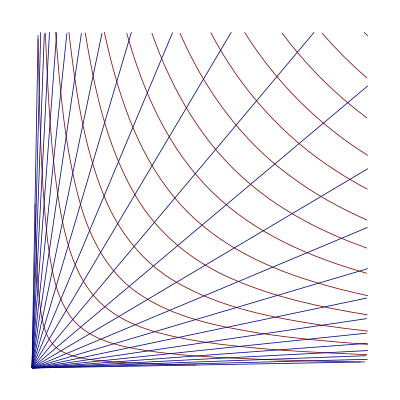![]() I'm sorry if this isn't a question fit for this site, but what exactly is the function that's plotted in the website logo/picture? It looks kind of like a simple decaying exponential multiplied by a sinusoid, but I feel like it may be something really interesting that the creator put for a good s...
I'm sorry if this isn't a question fit for this site, but what exactly is the function that's plotted in the website logo/picture? It looks kind of like a simple decaying exponential multiplied by a sinusoid, but I feel like it may be something really interesting that the creator put for a good s...
01:00 - 19:0019:00 - 00:00
user116211
user116211
user54412
user54412
user54412
user54412
user54412
user54412
01:00 - 19:0019:00 - 00:00




